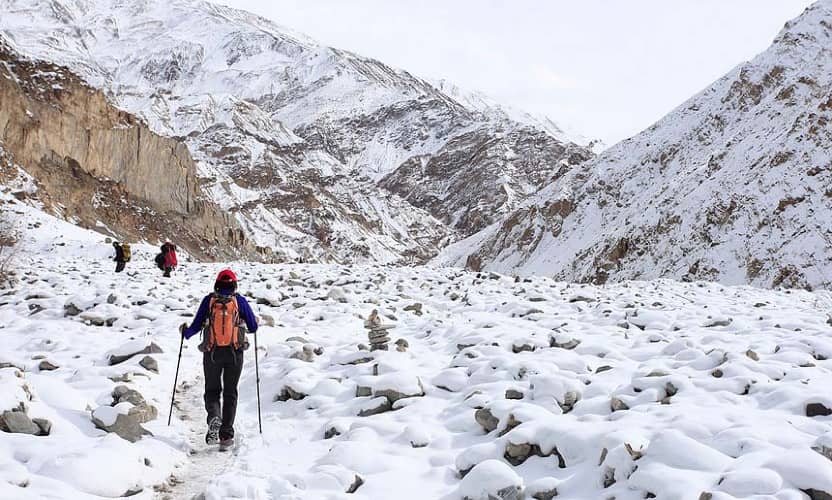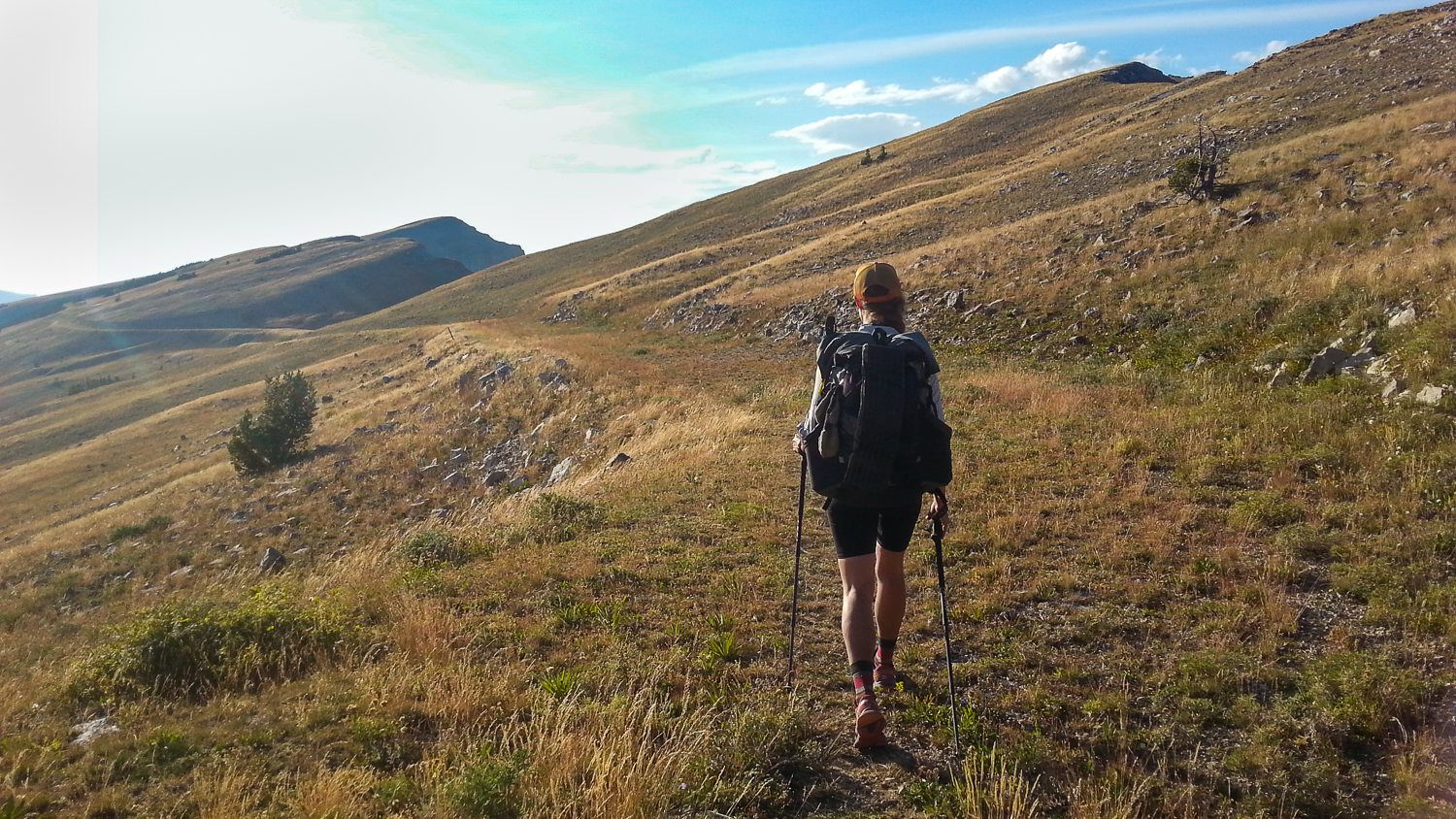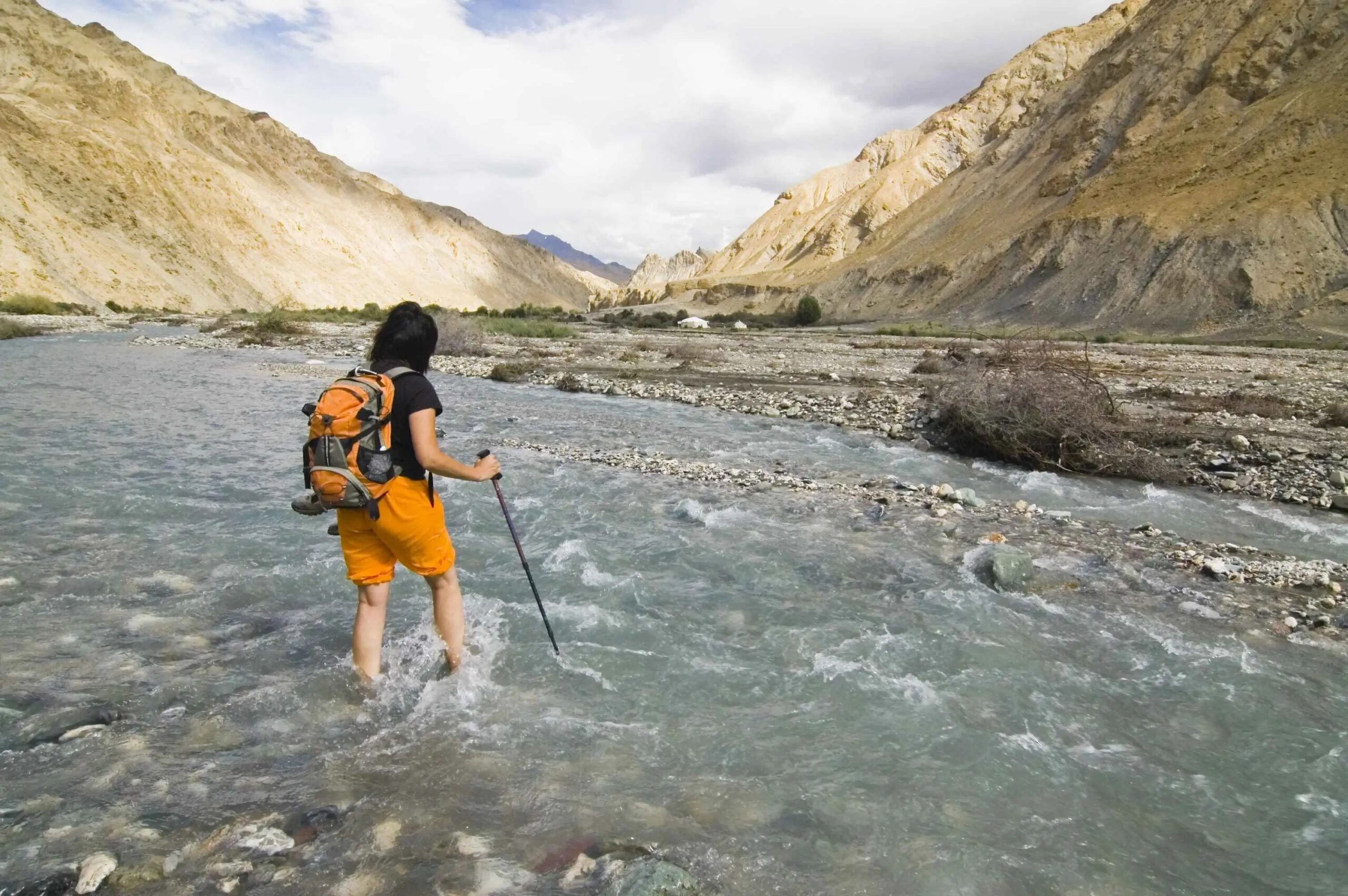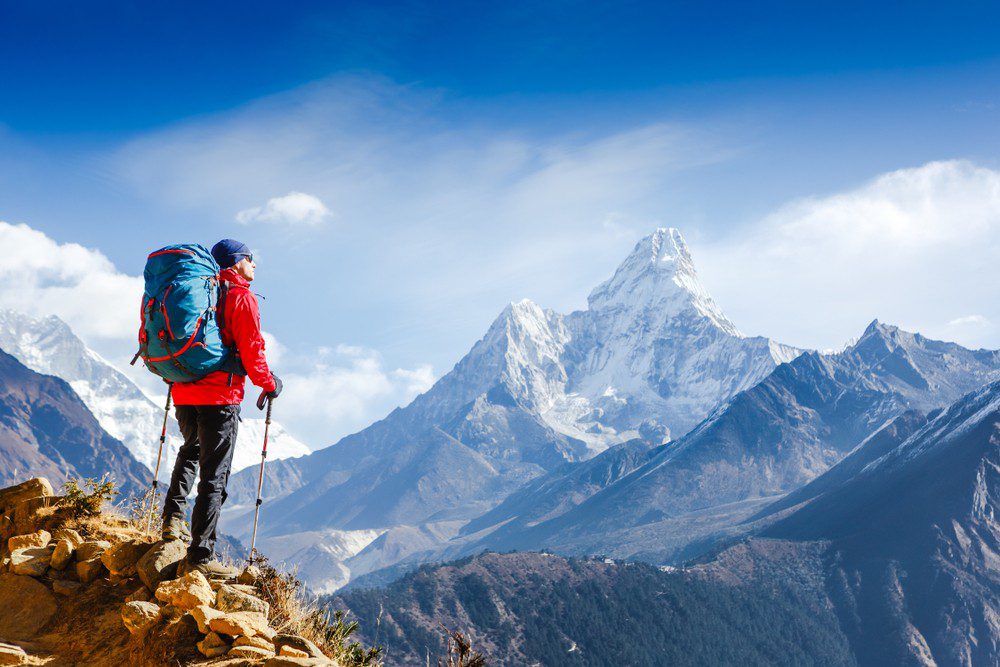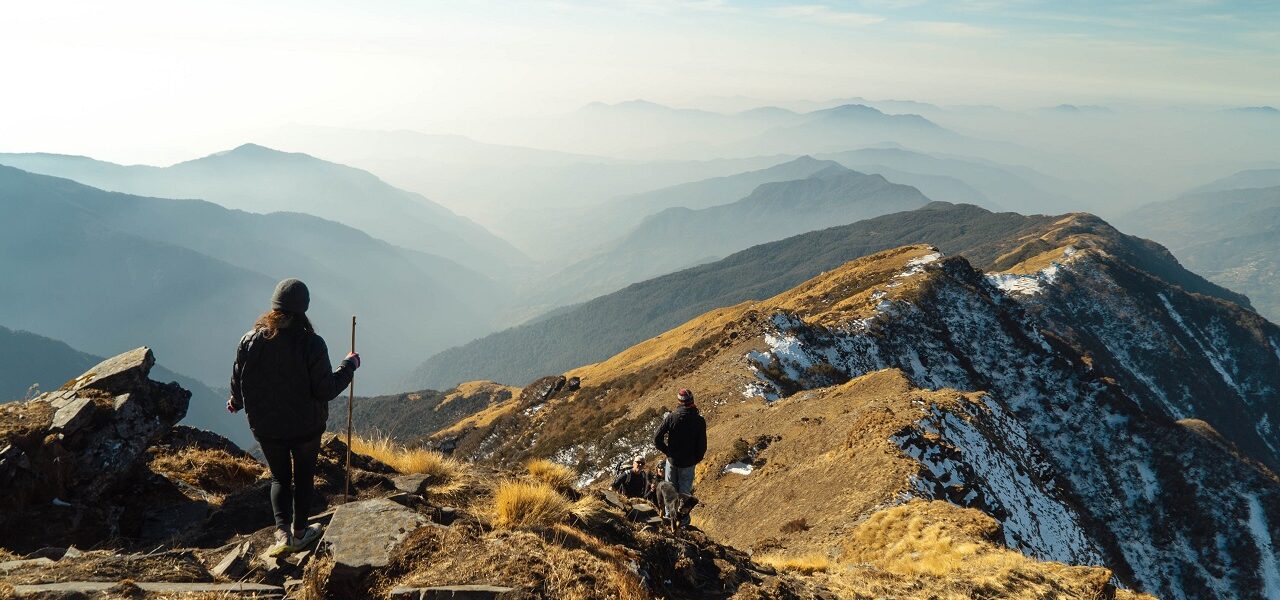In the heart of the Himalayas, Ladakh Silent Valleys offer breathtaking landscapes and a profound spiritual ambiance, making this region ideal for those seeking peace, reflection, and a deep connection with nature. Known for its remote valleys and silent trails, Ladakh provides a sanctuary for solitude trekkers who are drawn to its untouched beauty and soul-soothing silence. This guide offers an in-depth look at the best solitude treks in Ladakh, ideal for soul-seekers looking to disconnect from the chaos of modern life.
Why Choose Ladakh for Solitude Treks?
The Spiritual and Emotional Benefits of Solitude Treks
Ladakh’s treks go beyond physical challenges; they offer an emotional and spiritual journey, attracting those who seek inner peace and self-discovery. The solitude of the remote Himalayan valleys provides trekkers with the chance to pause, reflect, and renew.
“Trekking through Ladakh’s quiet trails was a transformative experience. I could feel my stress melt away, replaced by a sense of peace I hadn’t felt in years.”
— Alex Thompson, Teacher, USA
Ladakh’s Unique Landscape and Remote Valleys
From towering mountains to lush valleys, Ladakh’s landscape is mesmerizing. This rugged terrain is a haven for those who appreciate the raw beauty of nature. The remote location of these trails ensures you’ll encounter fewer travelers, adding to the peace and solitude of the experience.
Cultural and Spiritual Connections on Ladakh’s Trails
As you wander through Ladakh’s trails, you’ll come across small Buddhist monasteries, ancient stupas, and Ladakhi villages. These elements add a layer of spirituality and cultural depth to the trekking experience, creating a journey that is as culturally enriching as it is physically challenging.

“Connecting with the locals and visiting monasteries along the way made me feel spiritually enriched and gave me a deeper understanding of Ladakhi culture.”
— Rachel Singh, Journalist, UK
Best Solitude Treks in Ladakh for the Soul-Seeker
The Nubra Valley: Tranquility and Remote Landscapes
Nubra Valley offers some of the most serene landscapes in Ladakh. Known for its stark desert scenery and rolling sand dunes, it’s a trek that feels like stepping into another world. The valley is also home to the sacred Diskit Monastery and the quaint village of Hunder, where the silence is only interrupted by the distant sound of prayer wheels.
“The quiet, expansive beauty of Nubra Valley was humbling. Walking through the valley was like walking through an ancient, untouched world.”
— Maria Gonzales, Artist, Spain
Markha Valley Trek: A Journey Through Ladakh’s Hidden Valley
The Markha Valley Trek is known for its diverse landscapes, ranging from grassy plains to rocky canyons. While it’s one of Ladakh’s more popular trails, the off-the-beaten paths ensure plenty of solitude. This valley is ideal for those who seek natural beauty combined with the quiet strength of Ladakh’s wilderness.
| Markha Valley Highlights |
Features |
| Elevation |
Up to 5,200 meters |
| Key Attractions |
Markha Village, Hemis Monastery |
| Best Time to Visit |
June to September |
| Trek Duration |
6–7 days |
“The Markha Valley trek provided a wonderful balance of stunning scenery and quiet moments. I found peace in the silence of the vast landscapes.”
— Liam O’Connor, Photographer, Ireland
Zanskar Valley: Untouched Beauty and Peaceful Trails
Zanskar Valley is one of Ladakh’s most isolated valleys, known for its rugged beauty and challenging routes. This area is ideal for experienced trekkers who seek complete solitude, as its remote trails and high passes offer little in the way of tourist traffic. The trek through Zanskar is demanding but rewarding, with views that are nothing short of awe-inspiring.
“Zanskar’s untouched beauty took my breath away. I felt like I was on the edge of the world, with only the mountains and sky as my companions.”
— Johan Brandt, Engineer, Sweden
Sham Valley: The Apricot Valley with a Spiritual Touch
Also known as the “Apricot Valley” due to its fruit orchards, the Sham Valley trek is a gentler option that still offers seclusion and spiritual richness. Trekkers can wander through quiet villages, observe monastic life, and enjoy serene landscapes, making it perfect for those looking for a peaceful retreat without the challenge of high-altitude treks.
“The Sham Valley trek was peaceful and invigorating. I loved seeing the apricot orchards and ancient monasteries along the way.”
— Fatima Al-Sayeed, Writer, UAE
Rupshu Valley: Ladakh’s Wilderness at Its Wildest
The Rupshu Valley is a high-altitude desert region, known for its vast plateaus and nomadic settlements. Ideal for adventurers, this trek offers a wilderness experience like no other. The landscape is harsh, but the solitude and silence are profound, making it a true refuge for the soul.

“Rupshu Valley’s remoteness made me feel like I was in the heart of Ladakh’s wilderness. The silence was both intense and comforting.”
— Hiroshi Yamamoto, Software Developer, Japan
Preparing for a Solitude Trek in Ladakh
Physical and Mental Preparation for Trekking Alone
Trekking through Ladakh’s remote valleys requires mental and physical resilience. These trails can be challenging, especially in high-altitude regions, so physical conditioning and mental readiness are essential.
What to Pack for a Remote Trek in Ladakh
Here’s a quick checklist to help you pack for Ladakh’s solitude treks:
- Warm layers (temperatures can drop significantly)
- Sturdy trekking boots
- Water purification tablets
- Lightweight tent and sleeping bag (for more remote trails)
- Snacks and food supplies
- Navigation tools (maps, GPS)
Responsible Trekking: Environmental Impact and Sustainable Practices
Ladakh’s fragile ecosystem calls for responsible trekking. Make sure to leave no trace and respect the natural environment. Support the local communities by staying in homestays, buying local products, and practicing eco-friendly habits like minimizing waste.
Finding Peace and Mindfulness in Ladakh’s Solitude
Meditation and Mindfulness Practices on the Trail
Many trekkers find that Ladakh’s silence is ideal for mindfulness and meditation. Whether through a few minutes of deep breathing or finding a quiet spot to reflect, embracing these practices can enrich your trekking experience.
Connecting with Nature: Wildlife and Scenery Encounters
Ladakh is home to unique wildlife, from snow leopards to Himalayan ibex. Keep an eye out for the region’s unique flora and fauna while trekking, but always remember to maintain a respectful distance.
Reflecting and Journaling for Self-Discovery
Bringing a journal on your trek can be a wonderful way to capture personal insights and reflections. The quiet surroundings often inspire profound thoughts, and journaling can enhance your self-discovery journey.

Practical Tips for Planning Your Solitude Trek in Ladakh
Best Time to Embark on a Solitude Trek in Ladakh
The best time to trek in Ladakh is typically June to September, when the weather is warmer, and the trails are accessible. The early summer months provide an excellent balance between favorable weather and fewer crowds.
Navigating Permits and Local Regulations
Some areas in Ladakh require special permits, especially in border regions. It’s important to check local regulations and obtain any necessary permits before setting off on your trek.
Staying Safe in Ladakh’s Remote Valleys
Safety should be a priority, especially on remote trails. Here are a few safety tips:

- Carry a satellite phone for communication in remote areas.
- Inform someone about your trekking route and expected return date.
- Be prepared for altitude sickness by carrying medication and taking rest days.
Frequently Asked Questions (Q&A)
Q: What makes Ladakh ideal for solitude trekking?
A: Ladakh’s remote, peaceful valleys and untouched landscapes make it a perfect destination for solitude and spiritual reflection.
Q: Are the treks in Ladakh suitable for beginners?
A: Some treks like Sham Valley are beginner-friendly, while others, such as Zanskar, are best for experienced trekkers.
Q: When is the best season to visit Ladakh for solitude trekking?
A: June to September offers the best weather and accessibility for solitude treks in Ladakh.
Q: What should I pack for a Ladakh solitude trek?
A: Essentials include warm layers, navigation tools, food, water purification, and camping gear for more remote treks.
Q: Do I need special permits for remote valley treks in Ladakh?
A: Yes, permits are often required for specific regions. Check with local authorities before starting your trek.
Q: How can I be an eco-conscious traveler in Ladakh?
A: Practice sustainable habits such as minimizing waste, staying in eco-friendly accommodations, and supporting local businesses.
Embarking on a solitude trek in Ladakh is an experience that leaves a lasting impact on both the mind and soul. The journey through Ladakh’s silent valleys, with their untouched landscapes and spiritual aura, offers a sanctuary for the soul-seeker, far from the rush of daily life. Whether trekking through the serene Sham Valley or the rugged Zanskar Valley, Ladakh’s solitude treks promise unforgettable experiences of peace and reflection.
Ladakh Solitude Treks
Ladakh Solitude Treks | The journey through Ladakh mirrors the very essence of unraveling unknown horizons, as its dramatic landscapes and unique cultural identity awaken the deepest sense of wonder and exploration. Ladakh Solitude Treks delves into this realm where inner peace intertwines with the wild, untouched beauty of Ladakh. From the snow-capped peaks to the serene monasteries, every step in Ladakh is a step toward self-discovery. The mountains, ancient paths, and unspoken mysteries stretch before travelers, offering a meditative experience where each encounter feels both effortless and transformative. Whether it’s trekking across remote valleys or sitting quietly beside a sacred lake, Ladakh invites those who seek a deeper connection to the natural and spiritual world.

Ladakh Solitude Treks
The monasteries of Ladakh stand as living monuments to the region’s profound spiritual heritage. With origins dating back over a thousand years, these ancient structures are both places of worship and repositories of art, culture, and wisdom. Hemis Monastery, one of the largest in Ladakh, is renowned for its annual festival, featuring colorful mask dances performed by monks. The history of these monasteries reflects Ladakh’s role as a crossroads between India, Tibet, and Central Asia, where religious and cultural influences have intertwined over the centuries.
The Tibetan Buddhist influence is especially evident in the architecture and daily life of the monks. Prayer wheels, intricate murals, and the soft hum of chants fill the air as visitors explore the monastery grounds. Each monastery, from the remote Lamayuru to the awe-inspiring Thiksey, offers a window into the spiritual heart of Ladakh. These centers of meditation, learning, and community life continue to thrive, preserving traditions that have shaped Ladakh for generations.
Why Visit Ladakh for Ladakh Solitude Treks?
Ladakh is a destination that transcends mere travel. It offers a journey that touches both the outer and inner landscapes, making it a perfect setting for those who seek to unravel their own unknown horizons. The region’s breathtaking scenery—from towering mountain ranges to hidden valleys—provides not just an escape but a space for contemplation and growth. Ladakh’s culture, deeply rooted in Buddhist practices, invites visitors to reflect on their own lives and the world around them.
Ladakh’s people, known for their warmth and hospitality, add to the richness of the experience. Villages like Sumda Chun and the legendary Nubra Valley introduce travelers to a way of life that is intricately connected to nature and spirituality. Staying in local homestays allows for immersive experiences where one can learn about traditional Ladakhi customs, share meals made from local produce, and participate in community rituals.

Beyond its natural beauty, Ladakh offers a unique opportunity to explore oneself. The vastness of the region’s plateaus and the clarity of its skies seem to mirror the vastness of the human spirit. Whether it’s standing atop a mountain pass at 18,000 feet or meditating in a centuries-old monastery, Ladakh helps unravel the unknown horizons within each traveler.
Finding the Best Ladakh Solitude Treks in Ladakh
Finding the best places in Ladakh to experience “Ladakh Solitude Treks” involves venturing off the beaten path. Ladakh’s lesser-known treks, such as those leading to secluded monasteries or high-altitude lakes, offer unparalleled opportunities for solitude and reflection. The Markha Valley trek, for instance, takes travelers through verdant valleys, ancient villages, and high-altitude passes, allowing for both physical and spiritual exploration.
Ladakh’s iconic lakes, including Pangong Tso and Tso Moriri, are ideal spots for quiet contemplation. Their still waters reflect the sky, creating a mesmerizing landscape that feels timeless and infinite. Sitting beside these lakes, especially at dawn or dusk, brings an overwhelming sense of peace and connection with nature.

For those interested in Ladakh’s spiritual heritage, exploring monasteries such as Alchi, Phyang, or Diskit can be a transformative experience. These sites are not just places of worship but also centers of art, philosophy, and wisdom. Visiting these monasteries, with their ancient murals and intricate statues, offers insight into Ladakh’s rich cultural tapestry.
Ladakh’s Atmosphere and Ladakh Solitude Treks
Ladakh’s atmosphere is unlike any other place on Earth. The stark contrasts between the rugged mountains and the serene, tranquil monasteries create an environment that feels both raw and sacred. The traditional decor in Ladakhi homes and religious sites reflects this balance, with mud-brick houses adorned with prayer flags and colorful thangkas (Buddhist paintings) that add warmth and spiritual meaning to the space.

The interiors of Ladakhi homes, often simple and functional, are filled with symbols of devotion. Small shrines dedicated to Buddhist deities are common, and the air is often fragrant with incense. The use of earthy materials, like stone and wood, along with brightly colored textiles, creates an inviting and peaceful space, perfect for relaxation and reflection.
Traditional Ladakhi Cuisine
Traditional Ladakhi cuisine is an integral part of the region’s identity, offering a unique blend of flavors that reflect its harsh climate and remote location. Hearty, warming dishes such as thukpa (noodle soup) and momos (dumplings) provide the sustenance needed to endure Ladakh’s cold temperatures. Skyu, a thick stew made with root vegetables and barley, is another staple of the Ladakhi diet, designed to nourish both body and spirit.

Drinks like butter tea, made with yak butter and salt, are a must-try for anyone visiting Ladakh. This rich, savory drink is not only warming but also hydrating, making it essential for those venturing into the high-altitude regions of Ladakh. Chang, a local barley beer, is often enjoyed during festivals and community gatherings, adding a sense of joy and camaraderie to any occasion.
Live Cultural Ladakh Solitude Treks in Ladakh
Ladakh is home to a vibrant cultural scene, with festivals and live performances held throughout the year. The Hemis Festival, which celebrates the birth of Guru Padmasambhava, is one of the largest and most famous events in the region. Monks dressed in elaborate costumes perform cham dances, which depict the triumph of good over evil. The energy of the festival, with its bright colors, rhythmic music, and elaborate rituals, draws visitors from around the world.
Other local festivals, such as the Losar (New Year) and Ladakh Festival, provide visitors with the chance to witness traditional dance, music, and crafts that have been passed down through generations. These events are more than just entertainment; they are a celebration of Ladakh’s rich cultural heritage and its deep connection to the spiritual world.
Trekking and Outdoor Activities Ladakh Solitude Treks
Ladakh is a trekker’s paradise, offering some of the most stunning and challenging routes in the world. From the famous Ladakh Solitude Treks, which follows the frozen Zanskar River, to lesser-known routes like the Sham Valley or Nubra Valley treks, Ladakh’s landscape offers endless possibilities for adventure and discovery. The high-altitude passes, such as Khardung La and Chang La, offer breathtaking views of snow-capped peaks and sprawling valleys.

Wildlife enthusiasts will also find Ladakh Solitude Treks to be a haven for rare species such as the snow leopard, Himalayan blue sheep, and the Tibetan wild ass. Winter expeditions to spot the elusive snow leopard in the Hemis National Park are gaining popularity among wildlife photographers and conservationists alike.
The Importance of Preserving Ladakh’s Ladakh Solitude Treks
Ladakh’s rich cultural and environmental Ladakh Solitude Treks is under increasing threat from climate change and mass tourism. Preserving this unique region requires careful attention to sustainable tourism practices. Choosing eco-friendly accommodations, supporting local businesses, and participating in community-led conservation efforts are just a few ways that visitors can contribute to the preservation of Ladakh’s natural and cultural heritage.
Ladakh’s people have a long history of living in harmony with their environment, practicing sustainable agriculture, and maintaining a deep spiritual connection to the land. Visitors are encouraged to follow the same principles, leaving no trace and respecting the fragile ecosystems that make Ladakh so special.
Etiquette and Tips for Visiting Ladakh Solitude Treks
Before visiting Ladakh, it’s essential to understand and respect the region’s customs and traditions. As a deeply spiritual place, Ladakh requires visitors to dress modestly, especially when visiting monasteries or attending religious ceremonies. Always ask for permission before taking photographs inside monasteries or of local people.
Medical Ladakh Solitude Treks
Spa trail Ladakh Solitude Treks
Ladakh Solitude Treks

When Ladakh Solitude Treks, remember to stay on designated paths to avoid damaging fragile ecosystems. Tipping is appreciated but not expected in most settings, and it’s important to carry cash, as many remote areas do not accept credit cards. Lastly, be mindful of altitude sickness and take the necessary precautions when traveling to higher elevations.
Conclusion: Enjoying Ladakh Solitude Treks in Ladakh
Ladakh is a place where the physical and spiritual worlds converge, offering travelers a journey unlike any other. Whether you’re trekking across high-altitude deserts, exploring ancient monasteries, or simply sitting in quiet reflection by a mountain lake, Ladakh invites you to unravel your own unknown horizons. By respecting the region’s traditions and practicing sustainable tourism, you help ensure that Ladakh’s beauty and cultural richness will be preserved for future generations to explore and enjoy.
